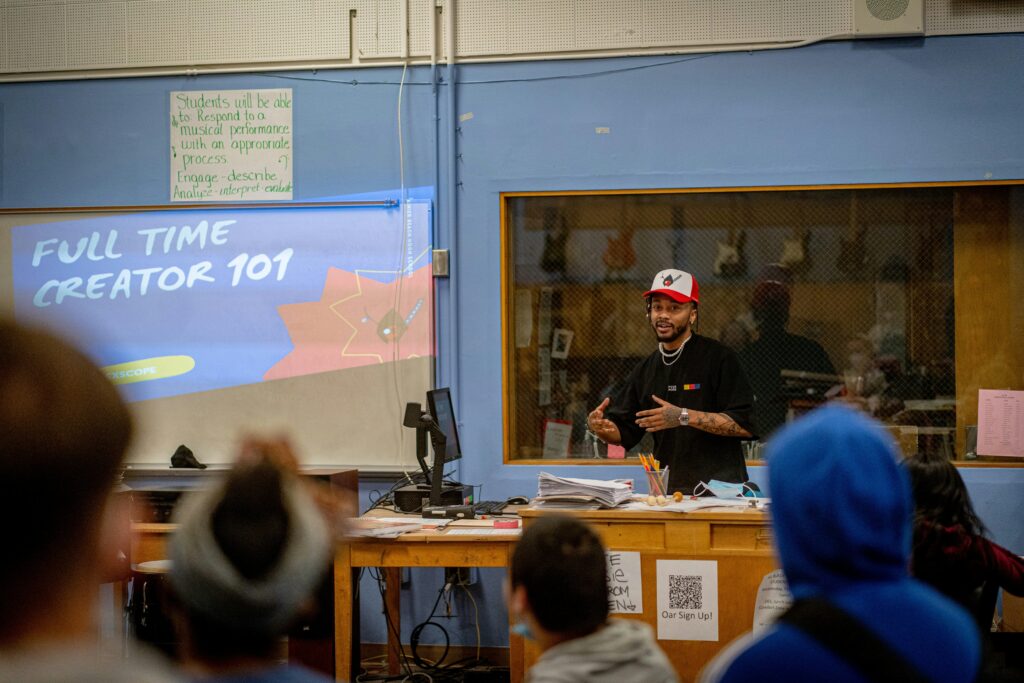In an era of shrinking attention spans and digital distractions, speakers and educators face an uphill battle. The solution? Transform passive audiences into active participants. Research shows that interactive engagement doesn’t just make presentations more enjoyable—it fundamentally changes how our brains process and retain information.
The Neuroscience of Active Learning
When audiences participate through real-time polls, trivia, and instant feedback, they shift from passive receivers to active processors of information. This transition is crucial. According to Edgar Dale’s Cone of Experience, we remember only 10% of what we read and 20% of what we hear, but up to 90% of what we do or simulate.
“Learning is not a spectator sport,” notes educational psychologist Dr. Richard Mayer. “Students do not learn much just by sitting in classes listening to teachers, memorizing prepackaged assignments, and spitting out answers.”
Neuroscientists have discovered that interactive participation triggers multiple areas of the brain simultaneously. When someone answers a poll question or engages with trivia, they activate their prefrontal cortex (decision-making), hippocampus (memory formation), and reward centers—creating what researchers call “enhanced encoding.”
The Gamification Advantage
Adding game elements to learning environments produces remarkable results. A study by the University of Colorado found that gamified learning experiences led to:
- 14% higher skill-based knowledge levels
- 11% higher factual knowledge levels
- 9% higher retention rates
The reason is simple: gamification triggers dopamine release, the same neurotransmitter associated with pleasure and motivation. When audience members track their scores and compete in friendly trivia, they’re not just learning—they’re experiencing what psychologist Mihaly Csikszentmihalyi calls “flow state,” where challenge meets skill in perfect balance.
Building Community Through Shared Experience
Interactive participation does more than boost individual learning—it transforms group dynamics. When 500 people simultaneously respond to a poll and see the results displayed in real-time, something magical happens: isolated individuals become a connected community.
“Shared experiences are the building blocks of relationships,” explains Dr. Priya Parker, author of “The Art of Gathering.” “When we participate together, we create collective memories that bind us.”
This communal aspect addresses a critical challenge in modern gatherings. Research from Microsoft shows that the average human attention span has dropped from 12 seconds in 2000 to just 8 seconds today. But when audiences know they’ll be called upon to participate, engagement metrics tell a different story:
- 92% of learners report feeling more motivated in gamified environments
- Active participation increases attention span by up to 40%
- Interactive sessions see 3x higher satisfaction ratings
Real-World Impact
Organizations implementing interactive audience technology report transformative results. Churches using real-time polling during sermons see 67% higher message retention rates. Corporate trainers incorporating gamified elements report that employees are 30% more likely to apply learned concepts on the job.
The data is clear: when we move from monologue to dialogue, from passive to participatory, we don’t just improve metrics—we create experiences that stick. As educational reformer John Dewey observed over a century ago, “We do not learn from experience… we learn from reflecting on experience.”
Interactive technology like CrowdVibe makes that reflection immediate, measurable, and memorable. In a world competing for every second of attention, turning your audience into participants isn’t just an enhancement—it’s essential.



